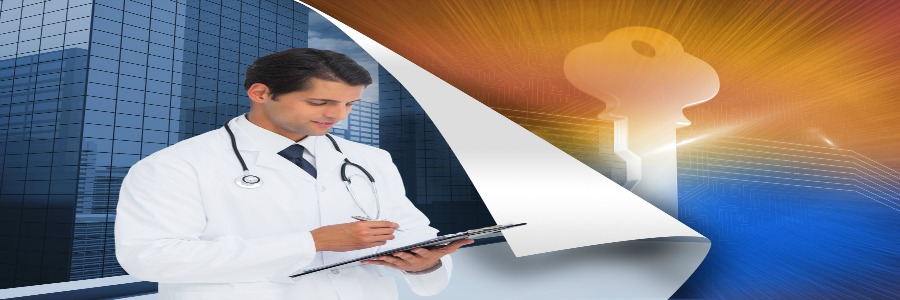Medical facilities depend on healthcare systems, whether through data entry software, prescription management, or electronic medical records. Sadly, many healthcare providers don’t know how easy it is for cybercriminals to break into their networks and steal their data. One reason why there are cyberattacks is digitization. Converting paper medical data records to electronic files has its advantages, but this also increases the risk of data theft. Stolen medical information can be used for financial crimes or identity theft, so protecting healthcare data should be a priority.
From financial information to medical information
In the past few years, cybercriminals have focused on stealing financial data, including credit card numbers and personal information. But things are taking a turn, the result of financial institutions fortifying their database and raising client awareness of the problem.
Stronger data protection measures in the financial industry have forced criminals to turn their attention to medical data, which is typically much less secure. Patient data includes date of birth, medical and physical records, and social security number — information that can’t be easily reset, and is significantly more valuable than credit card data.
Securing healthcare data
Healthcare data has become more attractive to criminals, and it’s crucial that medical institutions take necessary precautions to secure their patients’ information from data thieves. Here are some best practices to secure healthcare data.
- Protect the network and Wi-Fi – Because hackers use a variety of tools to break into IT systems and obtain medical records, your healthcare organization needs to invest in firewalls and antivirus software. Network segregation is also a wise move; in the event of a breach, the attacker can’t instantly access all of your organization’s information at once.
- Educate employees – Staff members need training in information security, including setting passwords, spam filters, protection against phishing, and spotting different kinds of data breach methods.
- Data encryption – Encrypting data is one of the safest ways to secure it. Encryption translates patients’ data into code, and only authorized users with a decryption key can decode it. Multi-encryption is also an effective way to keep out intruders.
- Physical security – Most healthcare institutions still retain their patients’ records on paper, which are stored in cabinets. Ensure that all loopholes are covered by installing surveillance cameras and other physical security controls, such as electronic door locks.
It is important for healthcare providers to secure the sensitive information of their patients. If you want to know how your organization can better protect your patients’ information, give us a call.
